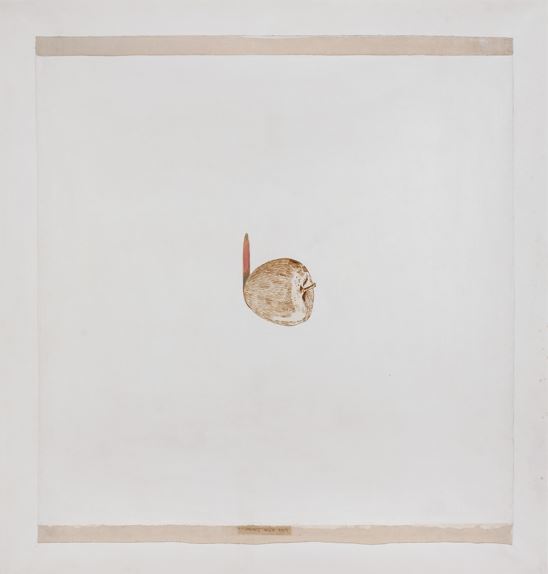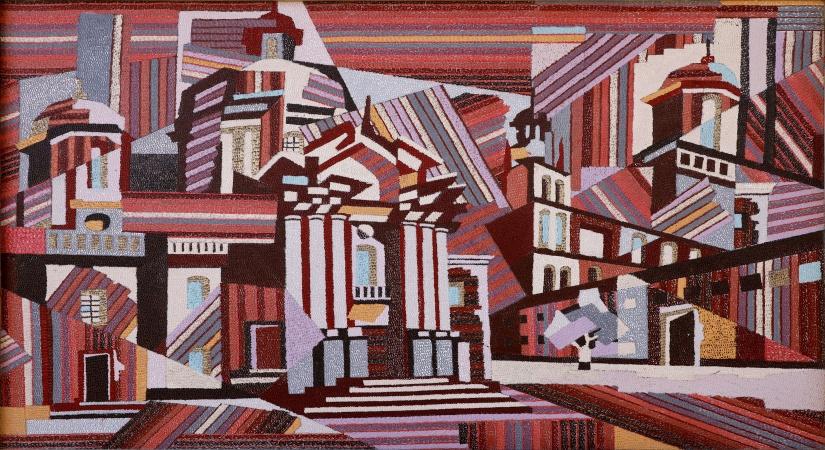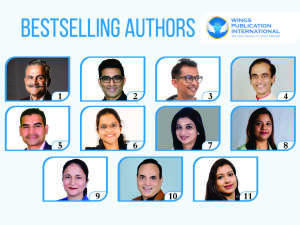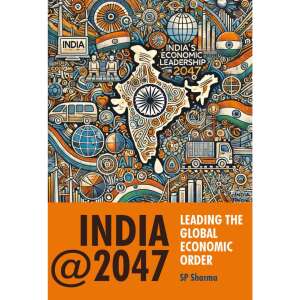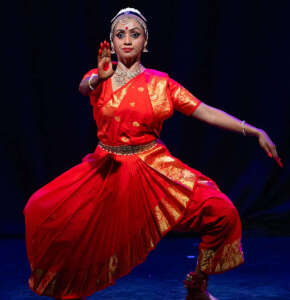Opening on 22 July 2023 for a month, it includes portraits, anatomical studies, landscapes from his travels across Europe, his engagement with the vibrant social life of the time, and his haunting anxiety about death…reports Asian Lite News
In this intimate exhibition, Prabhakar Barwe: Between Object & Space, a solo show on modernist Prabhakar Barwe, DAG presents a selection of watercolours, drawings, paintings, textiles, and sculpture spanning the gamut of the artist’s interests across several decades of his practice.
Opening on 22 July 2023 alongside Altaf: Early Drawings in the second space, it serves as an introduction to one of the most important artists of modern Indian art and also showcases drawings of motifs that formed part of his body of work at Weavers’ Service Centre, revealing the relationship he helped bridge between art and craft—a rare opportunity to see so many works of high quality by Barwe in the same space.
“Exhibitions on Prabhakar Barwe are extremely rare because a sizeable body of works by this modern abstractionist are impossible to find. A recent retrospective at NGMA Mumbai and New Delhi, with loans from institutional and private collectors, showed the amazingly extensive oeuvre of this extraordinary artist. Barwe was a highly accomplished artist who experimented with techniques and styles, adapted technology, used enamel paint, intellectualised art practice (even writing a manifesto, Kora Canvas, in the form of a book), employed tantra, but most of all liked to provoke viewers into thinking about objects and their relations hip to us. this is why everyday objects cast such a spell in his work.” – Ashish Anand, CEO and Managing Director, DAG

This is a rare opportunity to see so many works by the artist of high quality in the same space. Post a retrospective exhibition held by DAG in Mumbai in 2017 and New Delhi in 2018, the blue- chip gallery announces a unique exhibition on Altaf’s early drawings from the 1960s and ’70s with an aim to place the artist’s formative years and art within his milieu including the books he read, the music he listened to, the films he watched, the actors and writers he admired, recreated in one of its Mumbai galleries. Curated by his daughter Sasha Altaf, these early drawings—from academic studies to doodles and abstract watercolours—exhibit the range of his engagement with art in London and Bombay in this exciting period. Opening on 22 July 2023 for a month, it includes portraits, anatomical studies, landscapes from his travels across Europe, his engagement with the vibrant social life of the time, and his haunting anxiety about death.
Accompanied by a book illustrated by his drawings, the exhibition also sees the release of a second book, Altaf, The Journals, 1963-73, which shows him as a thinker whose writings shed light on an era that now survives as a faint memory. Published by DAG and edited by Sasha Altaf, this 500-page volume is a testament to one of India’s most socially conscious artists and his deeply humanistic perspective – from how riots impacted the impoverished to manmade catastrophes that held no one accountable – and was seared by the human tragedy of it all. Another interesting piece of writing is by H. Masud Taj whose life oddly paralleled Altaf’s, about which he writes from a deeply personal perspective. He draws inferences with telling examples about their individual beliefs, their words as poets, and instances where architecture and art collude and cross over into each other’s zones. Premjish Achari’s essay on Altaf’s drawings comes from a place of reflection that draws from various Marxist philosophers. While his later concerns with capitalism, authoritarianism, institutional capriciousness, and political disenchantment are well known, his early period which formed the foundation for his sensitive and deep intellectualism is less known. DAG’s exhibition of his early drawings is aimed at filling this gap.
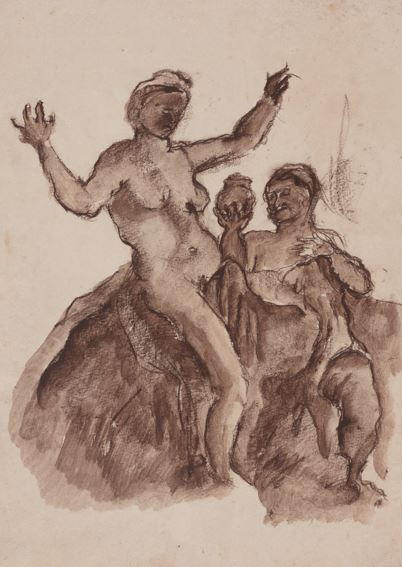
‘With his retrospective exhibition, which we opened in Mumbai in 2017, travelling next to New Delhi in 2018, I became more acutely aware of the Altaf’s career. The drawings in this book I saw some years later and knew, instinctively, that they deserved an exhibition of their own. Any artist’s doodles and sketches are the grammar they use to create their lexicon, and these early drawings are the most intimately we will know Altaf— the artist as well as the person. The drawings converge with another interesting aspect of Altaf’s life, his journals, or diaries, that he wrote between 1963 and ’73, which his wife, Navjot, and daughter, Sasha, found when clearing through his cupboards following his death. The diaries—published alongside this catalogue—will reveal a more vulnerable and intimate side of Altaf. Together with these drawings, it will help establish the foundation and thinking on which Altaf built his practice. I could think of no one better than Sasha to edit Altaf’s journals, or curate this exhibition of drawings. She has the voice of an art historian, her own convictions, the ability to see Altaf’s works from a place up close, and yet with dispassion. Both projects have improved from her sharp insight as well as her personal warmth.’ – Ashish Anand, CEO and Managing Director, DAG.
ALSO READ-FDCI partners with Reliance brands for fashion extravaganza

